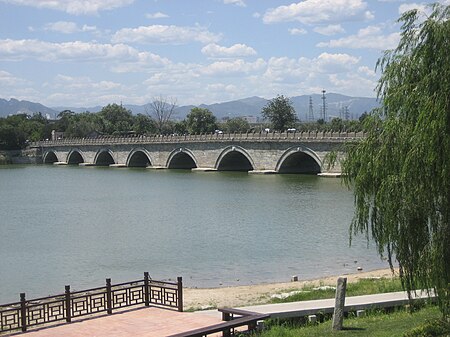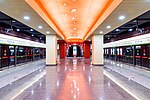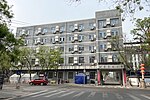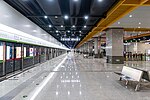Marco Polo Bridge

The Marco Polo Bridge or Lugou Bridge (simplified Chinese: 卢沟桥; traditional Chinese: 盧溝橋; pinyin: Lúgōu Qiáo) is a stone bridge located 15 km southwest of Beijing's city center in the Fengtai District. It bridges the Yongding River, a major tributary of Hai River. Situated at the eastern end of the bridge is the Wanping Fortress, a historic 17th-century fortress, with the Museum of the War of Chinese People's Resistance Against Japanese Aggression inside. The Marco Polo Bridge is well known because it was highly praised by the Venetian traveler Marco Polo during his visit to China in the 13th century (leading the bridge to become known in Europe simply as the Marco Polo Bridge), and for the 20th-century Marco Polo Bridge Incident, which marked the beginning of the Second Sino-Japanese War (1937–1945). In recent years, the water of Yongding River has been diverted to different areas of Beijing, so there is often no water under the bridge.
Excerpt from the Wikipedia article Marco Polo Bridge (License: CC BY-SA 3.0, Authors, Images).Marco Polo Bridge
Marco Polo Bridge, Fengtai District
Geographical coordinates (GPS) Address External links Nearby Places Show on map
Geographical coordinates (GPS)
| Latitude | Longitude |
|---|---|
| N 39.849166666667 ° | E 116.21305555556 ° |
Address
卢沟桥 (Lugou Bridge)
Marco Polo Bridge
100040 Fengtai District
China
Open on Google Maps











